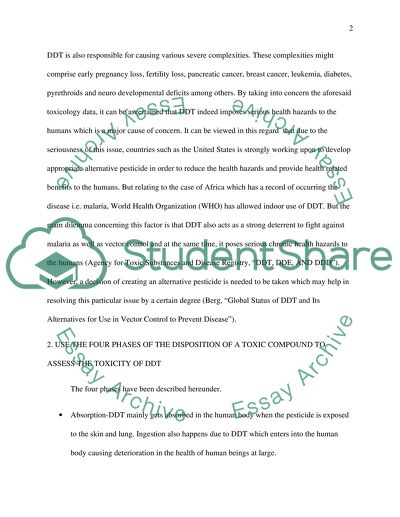Cite this document
(“The Use of DDT in Malaria Vector Control Article”, n.d.)
The Use of DDT in Malaria Vector Control Article. Retrieved from https://studentshare.org/environmental-studies/1484271-article-critique-the-use-of-ddt-in-malaria-vector
The Use of DDT in Malaria Vector Control Article. Retrieved from https://studentshare.org/environmental-studies/1484271-article-critique-the-use-of-ddt-in-malaria-vector
(The Use of DDT in Malaria Vector Control Article)
The Use of DDT in Malaria Vector Control Article. https://studentshare.org/environmental-studies/1484271-article-critique-the-use-of-ddt-in-malaria-vector.
The Use of DDT in Malaria Vector Control Article. https://studentshare.org/environmental-studies/1484271-article-critique-the-use-of-ddt-in-malaria-vector.
“The Use of DDT in Malaria Vector Control Article”, n.d. https://studentshare.org/environmental-studies/1484271-article-critique-the-use-of-ddt-in-malaria-vector.


